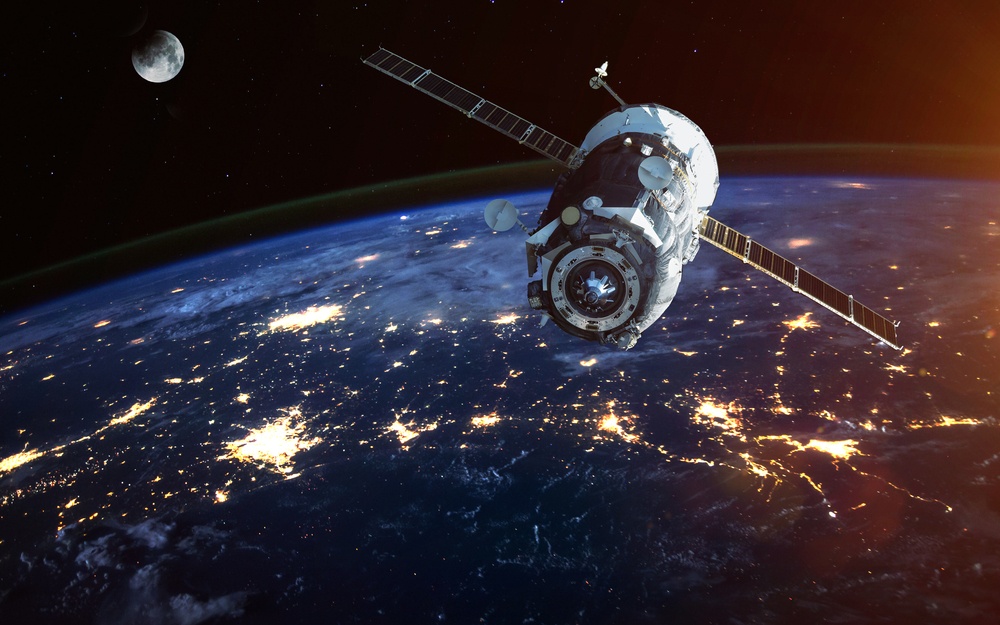Key Takeaways
- SpaceX deorbits older Starlink satellites at a rate of one to two per day.
- These satellites burn up in Earth’s atmosphere as new models launch.
- Rising reentries raise concerns about air pollution and ozone damage.
- Increased solar activity speeds up satellite falls.
- Experts urge stronger rules to keep satellite groups sustainable.
SpaceX aims to beam internet across the globe with its Starlink satellites. However, the growing fleet now involves active deorbiting of older units. As a result, one to two satellites reenter Earth’s atmosphere each day. They burn into fiery streaks, leaving little debris behind. Yet this rapid turnover has experts worried about hidden risks.
Global Megaconstellations and Why They Matter
SpaceX is not the only player in orbit. Companies worldwide plan to launch thousands of satellites soon. These networks promise fast connections everywhere. Meanwhile, they bring new challenges. For instance, the sheer volume of hardware can fill low-Earth orbit. As satellites age, they must fall back. In turn, this raises questions about pollution high above us.
How Starlink Satellites Reenter the Atmosphere
When satellites finish their mission, engines push them lower. Then gravity takes over. They descend through the layers of air at high speed. Friction heats each one until it glows and breaks apart. Most parts vaporize before hitting the ground. Thus, they pose little direct harm to people. Nevertheless, their fiery demise does leave traces.
Simple Steps to Deorbit Satellites
- Mission end: Satellites move to a decay path.
- Lower orbit: Thrusters reduce altitude gradually.
- Atmospheric entry: Friction turns hardware to ash.
- Burn up: Most components vaporize, avoiding ground impact.
Environmental Concerns: Tiny Particles, Big Problems
It may feel safe to watch a streak of light at night. Yet each burning satellite adds tiny bits of metal to the air. Over time, these particles can change the chemistry of our atmosphere. Scientists worry about impacts on ozone, which shields Earth from harmful rays. Moreover, small metal dust can affect clouds. Although the effect seems minor now, it could grow with more satellites.
Solar Activity Speeds Up Satellite Falls
The Sun plays a hidden role in this story. Increased solar storms heat Earth’s upper atmosphere. As it warms, the air expands. This creates more drag on satellites. Consequently, they slow down faster and descend sooner. In busy years for solar flares, more satellites fall per day. Thus, space weather adds another layer of risk.
Why Rules Matter for Satellite Fleets
Currently, few laws guide large satellite groups in low-Earth orbit. As a result, companies set their own safety and disposal plans. Experts say this lack of oversight can lead to trouble. Without clear limits, orbits may get crowded. Collisions could send debris flying. Therefore, many suggest international agreements. They want shared standards for building, operating, and deorbiting.
Calls for Sustainable Space Practices
In addition to better rules, industry leaders propose greener designs. For example, they can use lighter materials that burn up cleanly. They aim to minimize leftover fragments. Also, engineers plan to test new deorbiting methods. Some ideas include nets or special sails to speed descent. By reducing time in orbit, these tools lower collision chances.
Balancing Innovation and Safety
Space-based internet offers huge benefits. Remote schools, hospitals, and farms can connect online. Yet this dream must not harm Earth’s own systems. Clean skies matter for climate and living creatures. Therefore, we need both smart technology and smart rules. In this way, we can enjoy fast internet and protect our planet.
What’s Next for Our Sky?
Looking ahead, cooperation seems key. Space agencies, private firms, and governments must work together. They can share data on satellite paths and reentry times. This transparency will help avoid surprises. Additionally, public groups can join talks on space law. After all, we all share the sky. A balanced future demands that we keep it clear and safe.
Frequently Asked Questions
What happens when Starlink satellites reenter Earth’s atmosphere?
They fall slowly due to friction, heat up, and burn into tiny bits that mostly vaporize.
Why do some Starlink satellites fall faster than others?
Stronger solar activity expands our atmosphere. This increases drag and speeds up satellite descent.
Are falling satellites dangerous for people on the ground?
Very few parts reach the surface. Most burn up harmlessly high above our heads.
What rules exist to manage large satellite groups now?
At present, guidelines vary by country. Experts call for stronger international agreements to ensure safety.

